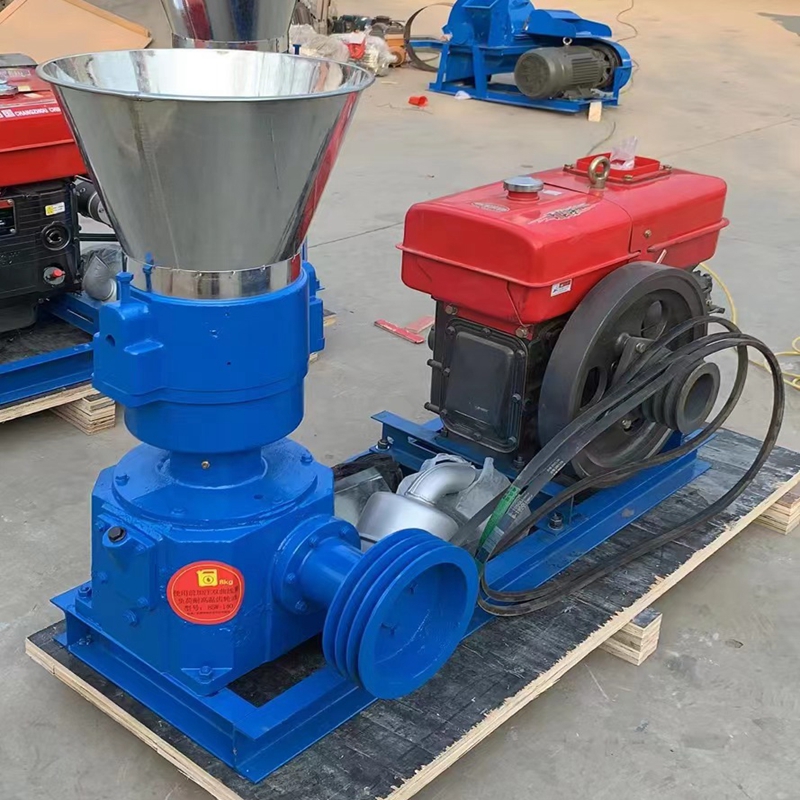fish feed extruder machine
Oct . 13, 2024 01:25 Back to list
fish feed extruder machine
Understanding Fish Feed Extruder Machines A Game Changer in Aquaculture
In the ever-evolving aquaculture industry, the importance of high-quality feed cannot be overstated. Fish feed extruder machines have become a vital component in the production of nutritious and appealing feed for various aquatic species. These machines not only enhance the efficiency of feed production but also improve the overall health and growth rates of fish.
A fish feed extruder functions by mixing various raw ingredients, such as fishmeal, grains, vitamins, and essential fatty acids, to create a balanced diet for fish. The process typically begins with the careful selection of ingredients, which are ground into a fine powder. This powder is then fed into the extruder, where it is subjected to heat and pressure. The combination of these factors results in the cooking and gelatinization of the ingredients, producing a feed that is easily digestible for fish.
One of the significant advantages of using an extruder is the ability to produce floating or sinking pellets. Depending on the requirements of the specific fish species, the production process can be adjusted to create pellets that either float on the surface or sink to the bottom of the water body. Floating pellets are particularly beneficial as they allow farmers to monitor feeding behavior and reduce waste. Additionally, the specific density of the pellets can be tailored to suit different species, promoting optimal feeding practices.
fish feed extruder machine

Moreover, the extrusion process helps in the incorporation of supplementary vitamins and minerals. This guarantees that the feed is not only palatable but also nutritionally complete. The high temperatures achieved during extrusion also help in eliminating harmful pathogens, ensuring that the feed is safe for fish consumption.
Efficiency and cost-effectiveness are critical in aquaculture, and fish feed extruder machines excel in both areas
. By streamlining the feed production process, these machines reduce labor costs and minimize production times. Furthermore, the consistent quality of the pellets produced through extrusion reduces feed wastage, leading to lower overall operational costs for fish farmers.In recent years, innovation has driven advancements in fish feed extruder technology. Modern machines now feature automation, improving precision in ingredient ratios and reducing human error. Additionally, energy-efficient designs contribute to sustainable practices in aquaculture, aligning with the industry's increasing focus on environmental stewardship.
In conclusion, fish feed extruder machines are transforming aquaculture by providing a reliable, efficient, and versatile method of feed production. By ensuring that fish are fed a balanced and nutritious diet, these machines ultimately contribute to healthier fish populations and more prosperous aquaculture operations. As the demand for fish continues to grow globally, the role of extruder technology in the industry will only become more significant.
-
Hot Sale 24 & 18 Door Rabbit Cages - Premium Breeding Solutions
NewsJul.25,2025
-
Automatic Feeding Line System Pan Feeder Nipple Drinker - Anping County Yize Metal Products Co., Ltd.
NewsJul.21,2025
-
Automatic Feeding Line System Pan Feeder Nipple Drinker - Anping County Yize Metal Products Co., Ltd.
NewsJul.21,2025
-
Automatic Feeding Line System - Anping Yize | Precision & Nipple
NewsJul.21,2025
-
Automatic Feeding Line System - Anping Yize | Precision & Nipple
NewsJul.21,2025
-
Automatic Feeding Line System-Anping County Yize Metal Products Co., Ltd.|Efficient Feed Distribution&Customized Animal Farming Solutions
NewsJul.21,2025






